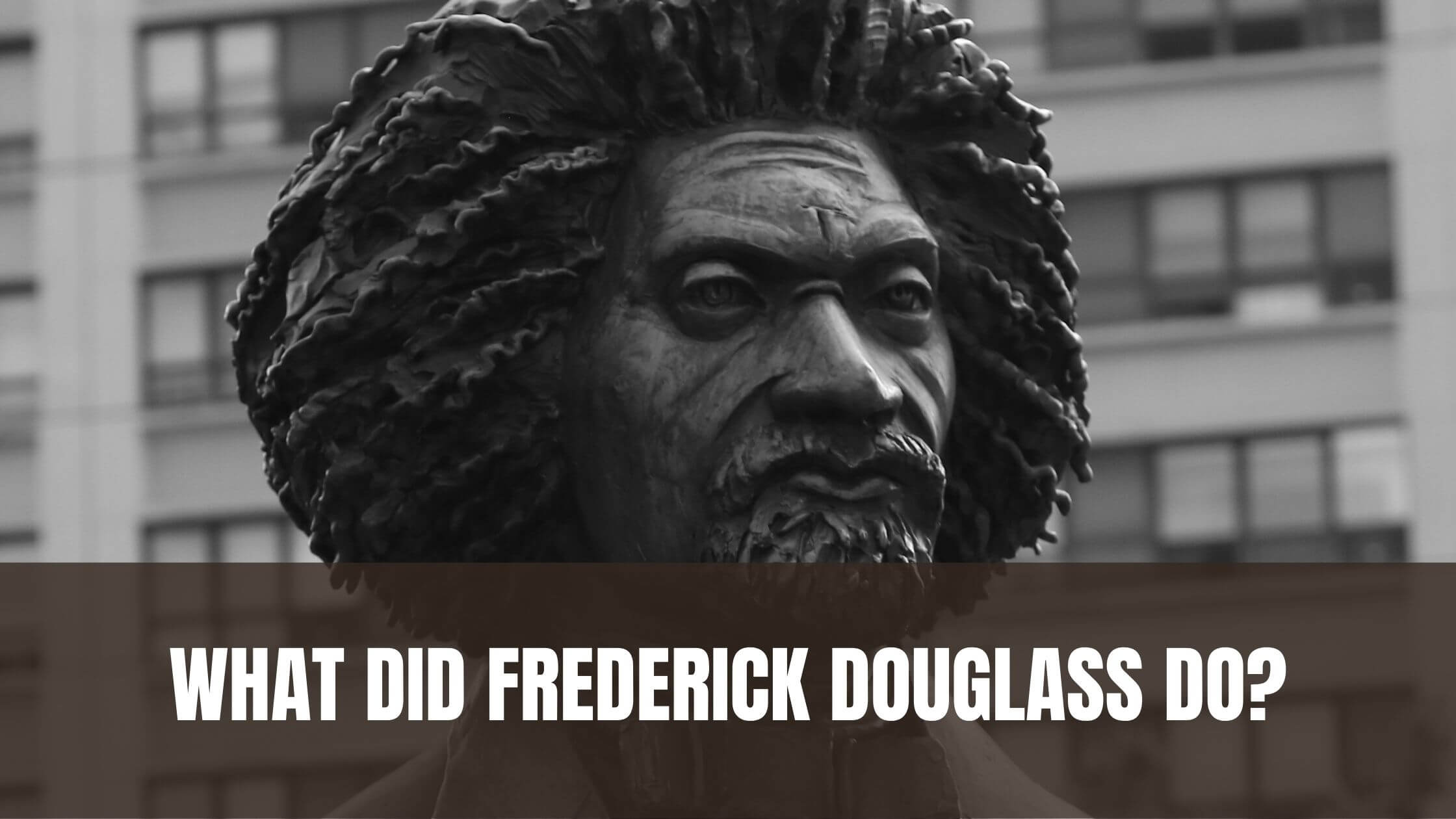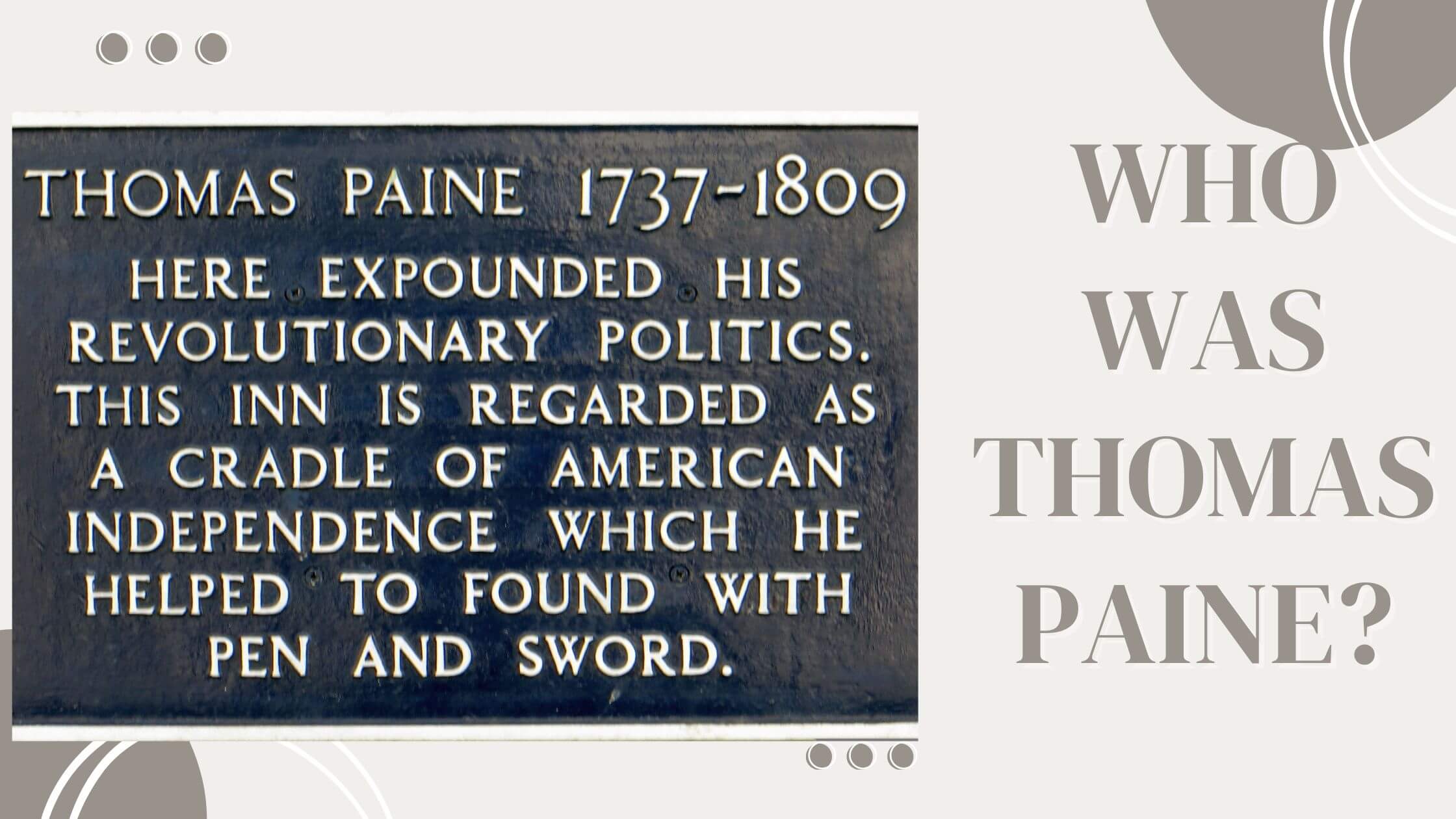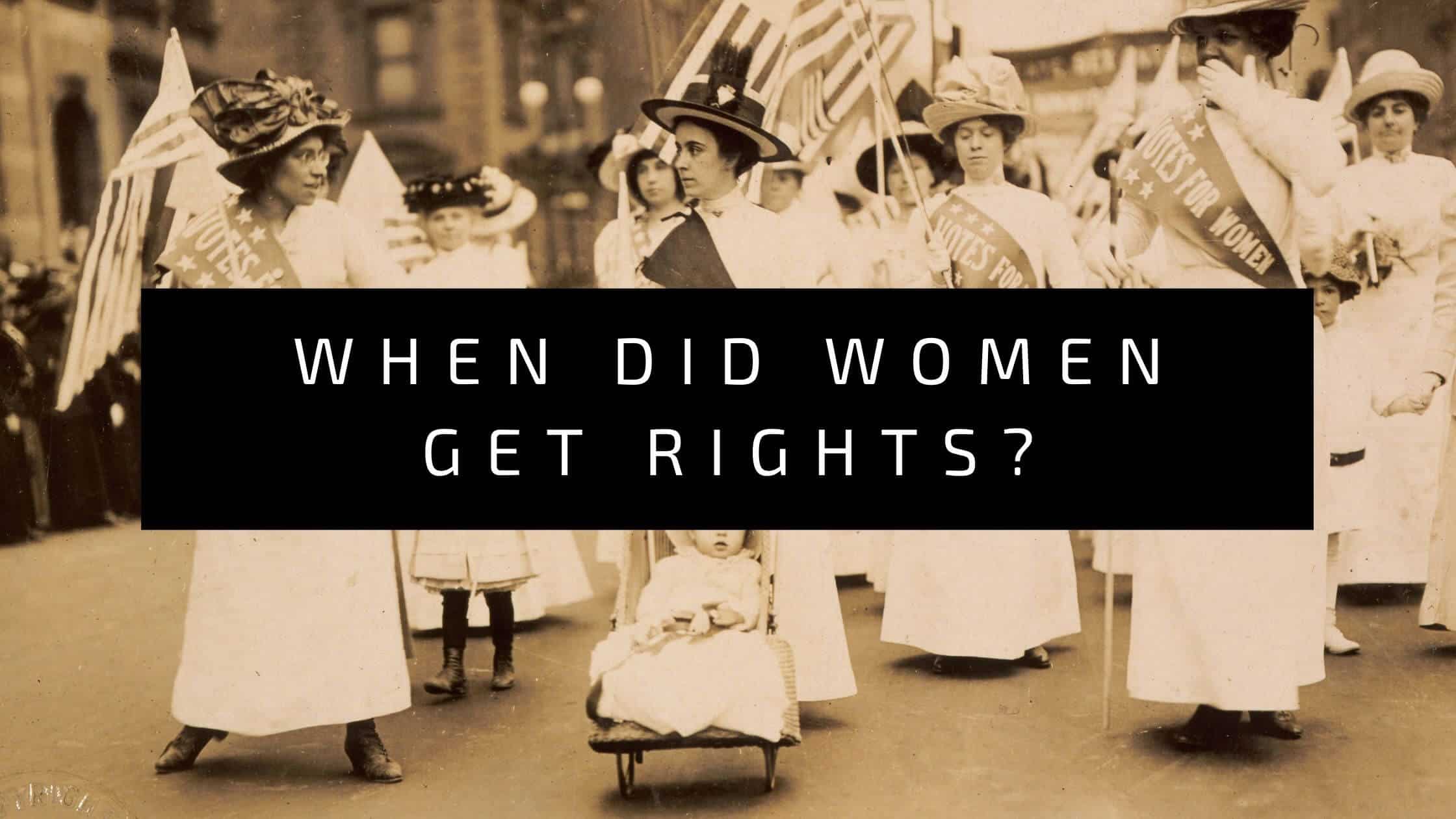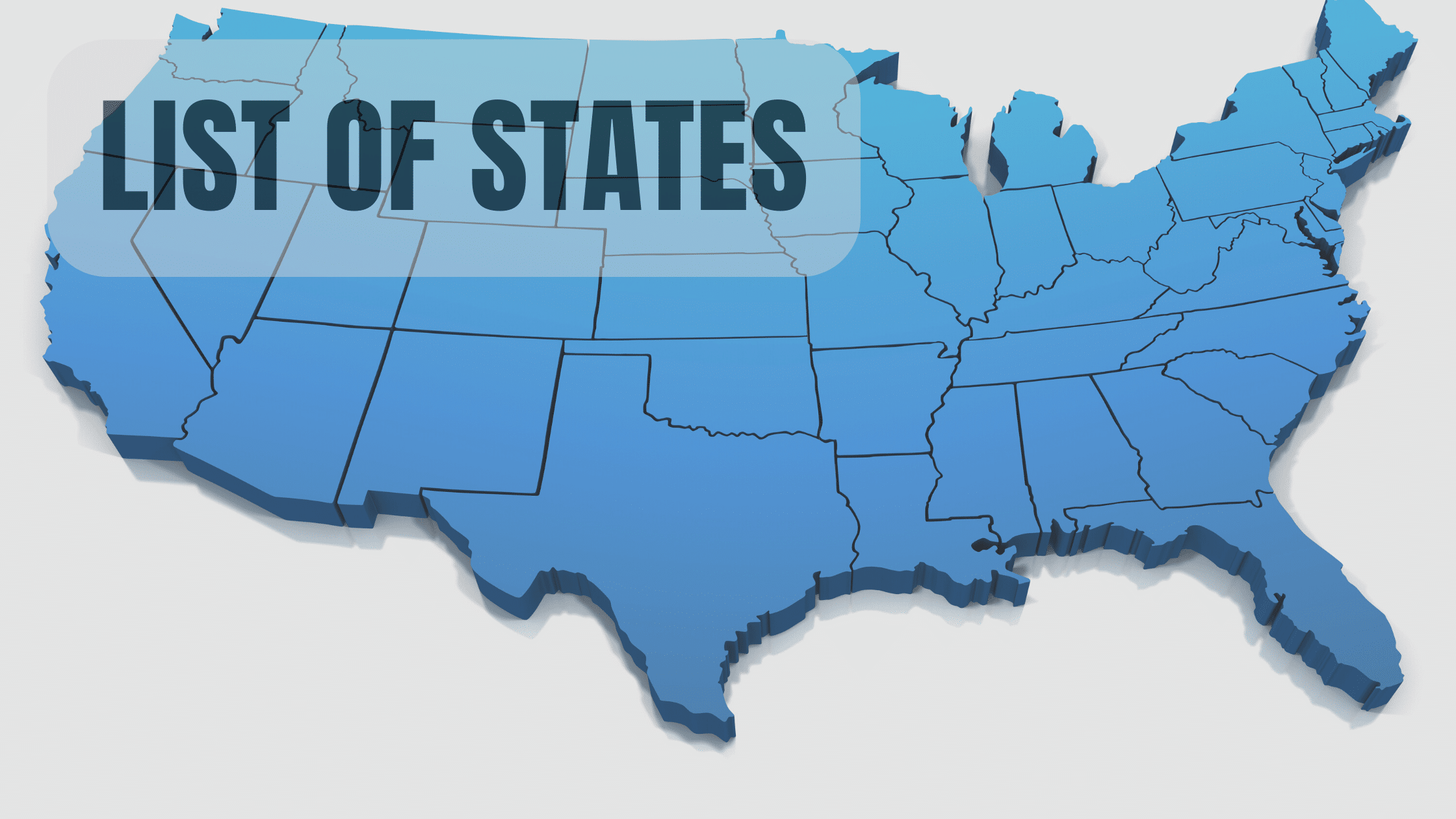Table of Contents
ToggleSources
- https://www.archives.gov/historical-docs/13th-amendment
The National Archives provides the original text and historical context of the 13th Amendment, making it an authoritative source on the legal abolition of slavery in the U.S. - https://www.history.com/topics/black-history/emancipation-proclamation
History.com offers a detailed overview of the Emancipation Proclamation, including its impact and limitations, which is relevant to understanding the gradual end of slavery. - https://www.britannica.com/topic/American-Anti-Slavery-Society
Britannica provides an authoritative account of the American Anti-Slavery Society and the broader abolitionist movement, which is central to the post's discussion of anti-slavery activism. - https://www.loc.gov/collections/abraham-lincoln-papers/articles-and-essays/abraham-lincoln-and-emancipation/
The Library of Congress offers primary sources and scholarly analysis on Lincoln's role in emancipation, supporting claims about his evolving stance on slavery. - https://www.smithsonianmag.com/history/slavery-justices-13th-amendment-180956692/
Smithsonian Magazine provides historical analysis of the 13th Amendment's loopholes and post-Civil War exploitation, relevant to the post's discussion of 'slavery by another name.'
Key Points
- Slavery was officially abolished in the U.S. with the 13th Amendment in 1865, but its end was gradual and uneven.
- Early U.S. Presidents like George Washington and Thomas Jefferson owned slaves, highlighting slavery's deep roots in American history.
- The abolitionist movement gained momentum in the late 18th century, with figures like Benjamin Franklin advocating for gradual emancipation.
- Southern states fiercely resisted abolition, defending slavery as an economic and social necessity, often suppressing anti-slavery activism violently.
- The Civil War (1861-1865) was fueled by tensions over slavery, with Lincoln's Emancipation Proclamation in 1863 freeing slaves in Confederate states.
- The 13th Amendment was ratified in 1865, nullifying the Three-Fifths Compromise and Fugitive Slave Clause, but some states delayed ratification for decades.
- Border states like Kentucky and Delaware were exempt from the Emancipation Proclamation and took years to abolish slavery fully.
- Post-abolition, Southern states implemented systems like sharecropping and forced labor for criminals, perpetuating conditions akin to slavery.
- The 13th Amendment's ratification required approval from former Confederate states, with Mississippi being the last to ratify it in 1995.
- Despite legal abolition, systemic inequalities and discriminatory laws persisted, limiting the rights and freedoms of formerly enslaved people.
Summary
Slavery in the U.S. officially ended with the ratification of the 13th Amendment in 1865, though the process was gradual and uneven, with some states resisting abolition for decades. The abolitionist movement, Civil War, and key measures like the Emancipation Proclamation paved the way for emancipation, but systemic oppression persisted through loopholes like sharecropping and discriminatory laws. Despite legal abolition, the legacy of slavery continued to shape racial inequality in America.
Slavery is a deeply troubling part of U.S. history, but eventually, all slaves were released, and slavery ended.
When did slavery end, and when was slavery abolished?
Although the 13th Amendment to the Constitution abolished slavery in 1865, the end of slavery was gradual and uneven, and many enslaved people remained in bondage or quasi-slavery for some time after its legal abolition.
End Of Slavery In The US
In the early years of colonial America, from 1526 until the later passing of the 13th Amendment in 1865, slavery was a part of America’s makeup.
Practiced even among the 13 Colonies, slavery, under law, was the ownership of another person. Slaves were treated as a person’s property, no different from a horse or chattel, and could be bought, sold, inherited, and forcibly relocated without consent.
End Of Slavery In The US
In the early years of colonial America, from 1526 until the later passing of the 13th Amendment in 1865, slavery was a part of America’s makeup.
Practiced even among the 13 Colonies, slavery, under law, was the ownership of another person. Slaves were treated as a person’s property, no different from a horse or chattel, and could be bought and sold on a whim.
We can see that even the first Presidents owned slaves.
Several early U.S. Presidents, including George Washington, Thomas Jefferson, and James Madison, enslaved people during their lifetimes.
As the 19th century progressed, opposition to slavery grew, fueled by abolitionist activists and political tensions between free and slave states. Although Abraham Lincoln initially aimed to preserve the Union, the issue of slavery became central to the Civil War, which began in 1861.
During the war, Lincoln issued the Emancipation Proclamation in 1863, and slavery was officially abolished with the ratification of the 13th Amendment in 1865.
The Abolitionist Movement
A movement dedicated to ending slavery in America, the abolitionist movement began to take organized form in the late 18th century, making it one of the earliest social reform movements in U.S. history.
Benjamin Franklin, who had owned slaves earlier in life, became a vocal critic of slavery in his later years. In 1787, he joined and became president of the Pennsylvania Society for Promoting the Abolition of Slavery, using his influence to support gradual emancipation.
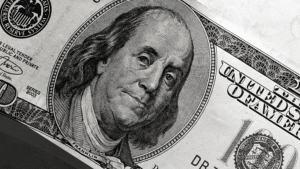
During and following the Revolutionary War, several Northern states began enacting laws to abolish slavery gradually.
Ending Slavery In The South
By the 1830s–1840s, national abolitionist organizations like the American Anti-Slavery Society had tens of thousands of members, mostly in the North. In contrast, abolitionism was met with strong resistance in the South, where slavery was defended as an economic and social necessity.
Southern states enacted laws and policies to suppress abolitionist activity. In the 1830s, for example, Southern postmasters frequently refused to deliver abolitionist materials, and mobs sometimes destroyed anti-slavery publications or violently attacked activists.
Any form of ending slavery in the South was treated with extreme hostility, often with prison sentencing or public whippings.
Many white Southerners argued that abolitionists and anti-slavery rhetoric were inhibiting them as people, stating that slavery was not only necessary for the country but also actively beneficial for society. Influential leaders like John C. Calhoun described slavery as a ‘positive good’ and claimed that abolitionist rhetoric threatened their rights, economic stability, and social order.
The Start Of The American Civil War
Many of America’s beliefs surrounding freedom and independence were at odds with the idea of slavery. Citizens in the North found it increasingly difficult to justify slavery, which was still active throughout the country. This was further exacerbated by the South’s ever-increasing expansion of territory.
Fearing their continual growth (and their economic and political power due to the Constitution’s “Three-fifths Compromise”), the North sought to contain and eventually abolish slavery in the South.
This was considered an infringement of the southern states’ constitutional freedoms, arguing that ending slavery was an overstep of the federal government that would economically destroy them.
President Lincoln wanted to end slavery
Tensions over slavery reached a breaking point after Abraham Lincoln was elected president in 1860. Although he did not call for abolishing slavery where it already existed, many slaveholding states feared he would try to end it. In response, several Southern states began to secede from the Union.

This began the start of the American Civil War.
The Confederate States Of America & The American Civil War
After Lincoln’s election, 11 of the 15 slaveholding states issued a “declaration of secession” from the US before establishing the Confederate States of America.
These states included: North Carolina, South Carolina, Tennessee, Mississippi, Arkansas, Florida, Virginia, Alabama, Texas, Georgia, and Louisiana.
Realizing that this would likely tear the country apart, Lincoln went to war, attempting to bring the Confederate states back under the Union.
Beginning on April 12th of 1861 and continuing out to May 9th, 1865, the Union and Confederate soldiers warred with each other.
During the Civil War, President Abraham Lincoln issued the Emancipation Proclamation on January 1, 1863.
The Emancipation Proclamation
Issued in 1862 and taking effect on January 1st, 1863, the Emancipation Proclamation was an executive order that brought about the end of slavery. It was signed by the president that, as of January 1st of 1863, every slave would have the status of a free person throughout the country, whether in a free Union state or the Confederate states.
As Union forces advanced into the South, enslaved people in Confederate areas were emancipated under the terms of the Proclamation. Enslaved people who escaped from Confederate states to Union lines were often granted freedom, especially after the Emancipation Proclamation reinforced their status as free persons in areas under Union control.
The Compensated Emancipation Act
Before the Emancipation Proclamation, Lincoln and Congress signed several laws to incentivize the release of slaves while also attempting to demoralize the idea of owning slaves. These included the DC Compensated Emancipation Act and the Confiscation Act of 1861 and 1862.

The D.C. Compensated Emancipation Act ended slavery in the District of Columbia. In addition, the act provided slave owners partial compensation for releasing their slaves. And while it never progressed outside of the D.C. area, it did set the tone for the rest of the country, as more and more states would eventually begin to abolish slavery.
The Confiscation Acts of 1861 & 1862
The Confiscation Acts of 1861 and 1862 worked somewhat similarly to the Compensated Emancipation Act, though also having some differences. The first act, coming a year before the Compensated Emancipation Act, authorized the “confiscation” of any slaves the Union soldiers came across.

Get Smarter on US News, History, and the Constitution
Join the thousands of fellow patriots who rely on our 5-minute newsletter to stay informed on the key events and trends that shaped our nation's past and continue to shape its present.
The second act of 1862 stated that any Confederate soldier or civilian that did not surrender within 60 days would have their slaves freed through criminal proceedings. This only was applicable for any Union-occupied Confederate area. This did not apply to general Confederate states or Union states that still allowed slavery.
While Lincoln was wary of signing these into motion, afraid that they’d convince the border states to side with the Confederacy, these three acts were the foundation that ultimately led to the Emancipation Proclamation and later the 13th Amendment.
Slavery in The Border States
Interestingly, the Emancipation Proclamation did not affect border states like Maryland, Missouri, Delaware, and Kentucky (all slave states that remained in the Union). The executive order was meant strictly for free states and any Confederate states brought back into the Union, border states were exempt.
As a result, it took varying amounts of time for each state to abolish slavery independently. As a result, many opted to only end slavery in 1864 or 1865, when the 13th Amendment was officially signed.
This was also true for Tennessee, as, despite it initially being a Confederate state, they had fallen back in line with the Union before the executive order took effect, essentially including them in the exemption.
When was slavery ended in D.C. and Union Territories
As with the Union-controlled states that agreed with slavery, any Union territory, such as portions of Virginia and Louisiana, were similarly exempted from immediately abolishing slavery. This resulted in slavery only ending in either state in 1864.
Arkansas, when taken, similarly abolished slavery in 1864, while the newly established West Virginia followed suit the following year.
Due to the Confederate states seceding from the US, Congress was almost entirely abolitionist. As a result, they were able to push bills with little resistance. An example is the abolishment of slavery in the District of Columbia.
State Holdouts on Abolition of Slavery
Almost every state had abolished slavery before the Civil War or after the Union Army’s defeat. But, there were a couple of holdouts. First, because both Kentucky and Delaware had never left the Union, they were exempt from the Emancipation rulings. Thus they were not required to abolish slavery in their respective states.
Kentucky, in particular, opposed much of the efforts to abolish slavery throughout the war, even outright rejecting the 13th Amendment until the late 1970s.
Delaware was only slightly better, as they agreed to ratify the 13th Amendment in 1901, almost 70 years before Kentucky.
Despite this being the case, because the Civil War inherently undermined slavery as an institution, slaves would constantly flee servitude to join the Union army or escape to any free states.
This became even more prevalent because these states were technically Union-controlled. In addition, fleeing from them was often much easier for slaves than the Confederate states due to continual Union soldiers traveling through the area.
When did slavery end in America?
Officially proclaimed and effective as of December 18th, 1865, the 13th Amendment completely abolished all slavery and involuntary servitude (except for criminal punishment).
The Crafting Of The 13th Amendment
Seeing his Emancipation Proclamation as potentially reversed at a later time, Lincoln, as well as several other members of Congress, considered a constitutional amendment to be a more permanent solution. Several other Union lawmakers agreed with the sentiment. Accordingly, James Mitchell Ashley, James F. Wilson, and John B. Henderson pushed their proposals to amend the constitution.
Passing The 13th Amendment
As very few Southern states were represented due to the ongoing war, passing the amendment was considerably more straightforward than it could have been. In January of 1865, the amendment passed by 119 to 56, officially seeing it acknowledged as law.
Ratifying The 13th Amendment
Though it had been successfully passed, that wasn’t the end of the 13th Amendment. In addition, the amendment needed to be ratified by at least 27 of the existing 36 states at the time. This meant ex-Confederate states would similarly need to ratify the amendment. This was not a given.
From January to the end of February, 18 of the 36 states had moved to ratify, including Louisiana and Virginia, both previously slaveholder states. Later, Tennessee and Arkansas also ratified the amendment. Finally, Alabama, South Carolina, North Carolina, and Georgia agreed, giving the amendment its 27 states.
Eventually, all 36 states did agree to ratify the amendment, Delaware, Kentucky, and Mississippi all taking the longest, ratifying in 1901, 1976, and 1995 respectively.
The After Effects Of Slavery and The 13th Amendment
While the effects surrounding the implementation of the 13th Amendment (making slavery illegal) were immediately felt, there were additional effects.
The Full Effects Of The Emancipation Proclamation
After the 13th Amendment was signed and ratified, President Lincoln’s Emancipation Proclamation expanded to affect all states, regardless of their association with the once-Confederate states.
Delaware released almost 1,000 people, while Kentucky was forced to legally free between 65,000 and 100,000 people.
Nullifying The Three-Fifths Compromise & The Fugitive Slave Clause
The 13th Amendment also, by its very nature, resulted in both the Three-Fifths Compromise and the Fugitive Slave Clause being nullified.
The Three-Fifths Compromise was a constitutional provision that counted slaves as three-fifths of a person when determining the appointment of seats in the House of Representatives. It also was used to determine how much the federal government would tax a state. This gave slaveholder states considerable political power both in the House of Representatives and the Electoral College.
The Fugitive Slave Clause was a clause added in 1789 which essentially forced a slave that fled their respective state, if caught, to return to said state. This was why, before the Emancipation Proclamation, many enslaved African Americans would escape to Canada, as even free states were forced to comply with this clause at the time.
The Realities Of The 13th Amendment
Despite the considerable good done by the 13th Amendment and its use to end slavery, many Southern states established workarounds that were virtually slavery in all but name.
Sharecropping and forced servitude from those with criminal offenses were commonplace. In addition, many state laws restricted Black land ownership and mandated Black children into indefinitely long “apprenticeships.” They even made it so that Blacks could only work on farms or as servants with almost no Constitutional rights.
As such, while many of these laws have been repealed today, it is important to note that, though many positives come with individual states’ rights, there are an equal number of dangers that can come from them as well.
Resources related to US History:
When did slavery end in the US? Quiz
Frequently Asked Questions
When did slavery officially end in the United States?
What did the 13th Amendment say?
Did the Emancipation Proclamation free every enslaved person?
Why did slavery continue after 1865 in some forms?
What was the abolitionist movement?
How useful was this post?
Click on a star to rate it!
Average rating / 5. Vote count:
No votes so far! Be the first to rate this post.
We are sorry that this post was not useful for you!
Let us improve this post!
Tell us how we can improve this post?

